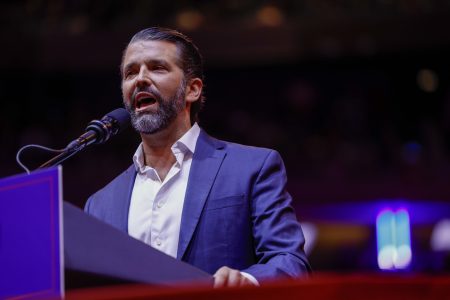A group of officials responsible for overseeing safety inspections on building projects are facing accusations of accepting tens of thousands of dollars in connection with their work. These officials were entrusted with ensuring that construction projects adhered to safety regulations and standards, yet it is alleged that they exploited their positions for personal gain. The accusations paint a troubling picture of corruption within the construction industry, where individuals tasked with upholding safety standards are perceived to have betrayed the public trust for financial rewards.
The allegations against these officials highlight the potential dangers of corruption in the construction sector, where compromised safety inspections can have devastating consequences. By accepting bribes or kickbacks, these individuals may have put the lives of workers and occupants at risk by allowing substandard construction practices to go unchecked. The public relies on safety inspectors to uphold the integrity of building projects and ensure that they meet mandated safety standards. When these officials are found to have engaged in corrupt practices, it undermines the very foundation of the construction industry and erodes public confidence in the safety of infrastructure.
The investigation into these allegations of corruption will likely involve a thorough examination of financial records and communications to substantiate the claims against the officials. Authorities will need to gather evidence to demonstrate a clear quid pro quo arrangement between the officials and the individuals offering bribes or kickbacks. This process may involve interviews with witnesses, forensic analysis of documents, and collaboration with law enforcement agencies to build a strong case against those accused of corruption. The weight of evidence will play a crucial role in determining the legal consequences for the officials involved in these illicit activities.
The impact of these allegations extends beyond the individuals implicated, as it raises concerns about the broader culture of corruption within the construction industry. The perception of widespread corruption can deter honest businesses from participating in projects, discourage investment in infrastructure development, and compromise the safety of buildings and public works. Addressing these issues requires not only holding accountable those responsible for corruption but also implementing systemic reforms to prevent future instances of malfeasance. Transparency, accountability, and ethical leadership are essential for rebuilding trust in the construction sector and restoring the integrity of safety inspections.
In response to these allegations, authorities may implement stricter oversight measures, enhance regulatory enforcement, and bolster anti-corruption mechanisms within the construction industry. By promoting a culture of integrity and transparency, stakeholders can work towards eradicating unethical practices and ensuring that safety inspections serve their intended purpose of protecting public safety. Building a coalition of stakeholders committed to upholding ethical standards and fostering a culture of compliance will be essential in combating corruption in the construction sector and rebuilding public trust in the integrity of building projects.
Ultimately, the accusations against these officials underscore the critical importance of maintaining the highest standards of ethics and integrity in safety inspections. The public relies on the diligence and impartiality of safety inspectors to safeguard the structural integrity of buildings and the safety of occupants. By holding accountable those who betray the public trust through corrupt practices, authorities can send a strong message that such behavior will not be tolerated in the construction industry. Moving forward, it will be essential for all stakeholders to work together to strengthen regulatory mechanisms, promote ethical leadership, and cultivate a culture of integrity to prevent similar incidents of corruption from occurring in the future.












